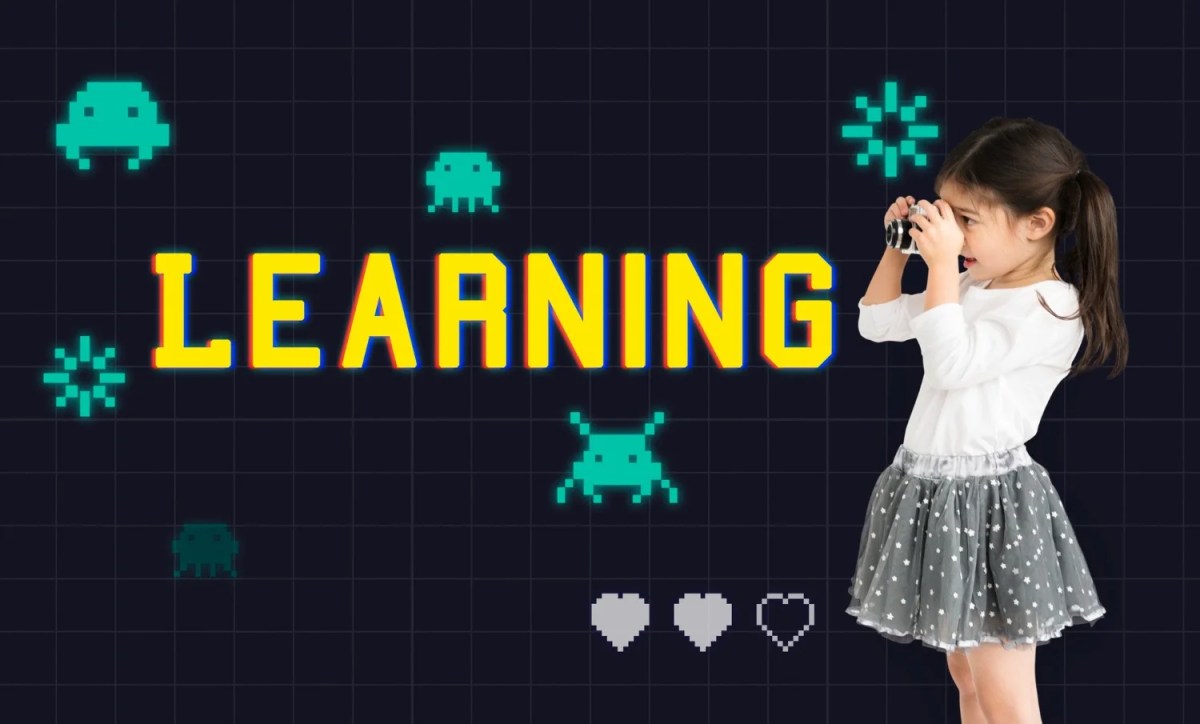The Uncomfortable Reality Behind Popular Scratch Jr Coding Class Programs
While the media celebrates the benefits of early childhood programming education, many Scratch Jr coding class programs deliberately conceal significant limitations and potential drawbacks that could impact your child’s learning experience. The glossy marketing materials and enthusiastic testimonials often mask serious issues that parents discover only after investing time and money in these programs.
Most Scratch Jr coding class providers focus heavily on the positive aspects of their programs while remaining suspiciously silent about the challenges and limitations inherent in teaching programming concepts to very young children. This selective disclosure leaves parents unprepared for the reality of early childhood programming education and creates unrealistic expectations about outcomes.
The truth about many Scratch Jr coding class programs reveals a complex landscape where developmental appropriateness, individual learning differences, and realistic skill acquisition timelines often conflict with marketing promises and parental expectations. Understanding these hidden realities becomes crucial for making informed decisions about your child’s programming education.

What Scratch Jr Coding Class Programs Don’t Tell You
Many Scratch Jr coding class programs fail to adequately address the significant developmental variations among preschool and early elementary students. While marketing materials suggest that all children can benefit equally from Scratch Jr coding class participation, the reality involves considerable individual differences in readiness, interest, and capability that programs often struggle to accommodate effectively.
The hidden challenge in most Scratch Jr coding class programs involves the gap between visual programming concepts and actual computational thinking development. Children may learn to drag and drop Scratch Jr blocks without developing the logical reasoning skills that make programming education valuable, creating an illusion of learning that doesn’t translate to genuine understanding.
Another concealed issue in many Scratch Jr coding class programs relates to screen time concerns and developmental appropriateness. While programs emphasise educational benefits, they often downplay the potential negative effects of extended screen exposure on young children or the importance of balancing digital activities with physical play and social interaction.
The Motivation Problem in Scratch Jr Coding Class Programs
Despite marketing claims about universal appeal, many children find Scratch Jr coding class activities boring or frustrating after the initial novelty wears off. The structured nature of most Scratch Jr coding class curricula can stifle creativity and natural play patterns that are crucial for healthy child development, leading to resistance and disengagement.
Some children entering Scratch Jr coding class programs lack the foundational skills in areas like fine motor control, attention span, and abstract thinking that are necessary for success. Rather than acknowledging these prerequisites, many Scratch Jr coding class programs push forward with age-inappropriate expectations that frustrate both children and parents.
The competitive atmosphere that can develop in group Scratch Jr coding class settings may discourage children who progress more slowly or have different learning styles. This hidden social pressure contradicts the supportive, exploratory environment that effective early childhood education requires.

Long-Term Concerns About Early Scratch Jr Coding Class Exposure
Research on the long-term effects of early programming education remains limited, yet many Scratch Jr coding class programs make bold claims about future academic and career benefits. The lack of longitudinal studies means parents are essentially participating in an uncontrolled experiment with their children’s cognitive development.
Some education experts worry that premature exposure to structured programming concepts through Scratch Jr coding class participation might inhibit natural creativity and problem-solving development. The emphasis on following specific procedures and achieving predetermined outcomes could potentially conflict with the open-ended exploration that fosters innovation.
The opportunity cost of time spent in Scratch Jr coding class programs represents another hidden consideration. Hours dedicated to programming instruction might be better invested in other developmental activities like creative play, physical exercise, social interaction, or artistic expression that provide more comprehensive benefits for young children.
The Instructor Quality Crisis in Scratch Jr Coding Class Programs
Many Scratch Jr coding class programs rely on instructors with minimal training in both programming concepts and early childhood education principles. The shortage of qualified educators means that children often receive instruction from individuals who lack the expertise necessary to provide effective, developmentally appropriate programming.
The rapid expansion of Scratch Jr coding class offerings has outpaced the development of standardised training programs and certification requirements for instructors. This quality control vacuum means that program effectiveness varies dramatically depending on individual instructor capabilities and commitment.
Hidden burnout among Scratch Jr coding class instructors, driven by challenging working conditions and inadequate compensation, can significantly impact program quality. High turnover rates disrupt continuity and relationship building that are essential for effective early childhood education.
Making Informed Decisions About Scratch Jr Coding Class Participation
Before enrolling your child in any Scratch Jr coding class program, honestly assess their developmental readiness, attention span, and genuine interest in programming concepts. Avoid programs that pressure enrollment without allowing adequate evaluation time or that make unrealistic promises about rapid skill development.
Seek Scratch Jr coding class programs that acknowledge limitations, provide realistic timelines for skill development, and emphasise play-based learning over achievement pressure. Quality programs should welcome questions about their educational philosophy and be transparent about potential challenges.

Conclusion: Balancing Enthusiasm with Realistic Expectations
The popularity of Scratch Jr coding class programs reflects a genuine parental desire to prepare children for a technology-rich future, but making informed decisions requires understanding both the benefits and limitations. By acknowledging the hidden challenges and maintaining realistic expectations, families can better evaluate whether early programming education aligns with their child’s needs and interests.
Remember that effective early childhood education prioritises the whole child over narrow skill acquisition, and the best Scratch Jr coding class programs should enhance rather than replace traditional developmental activities.















